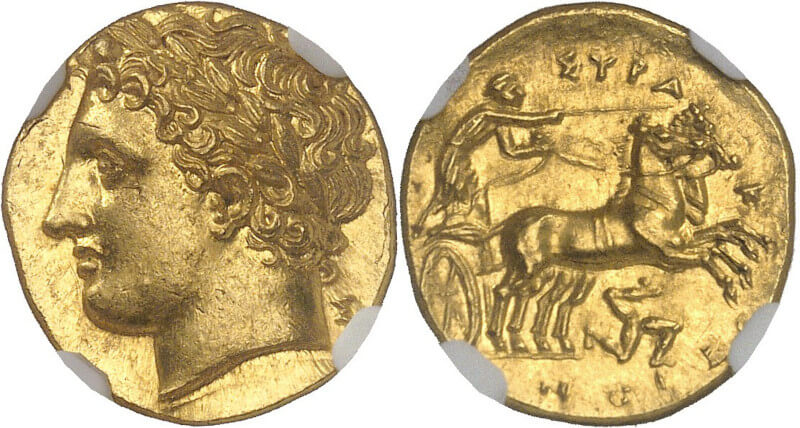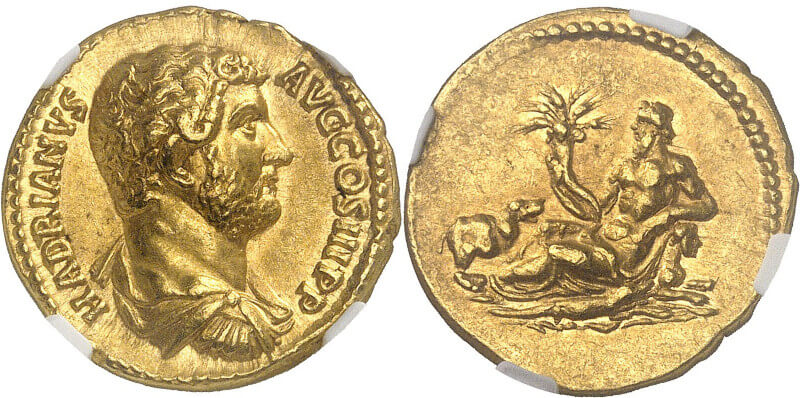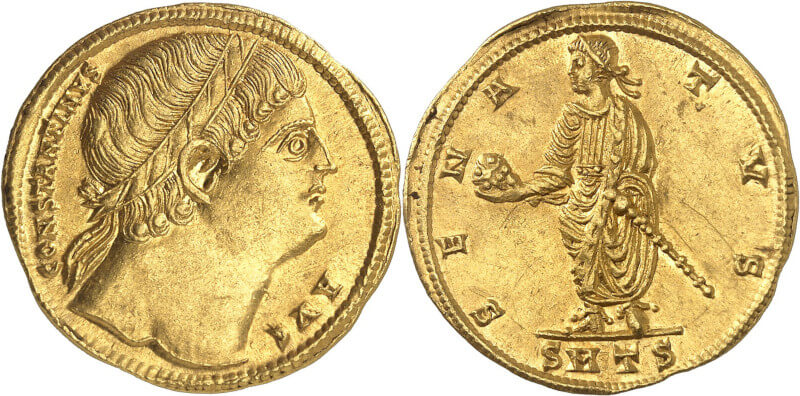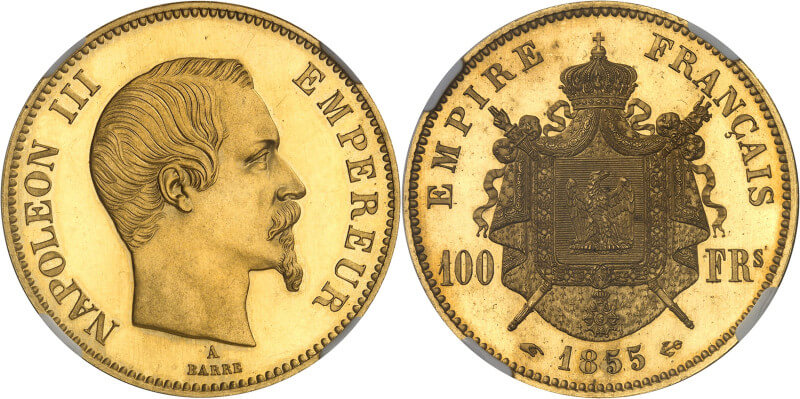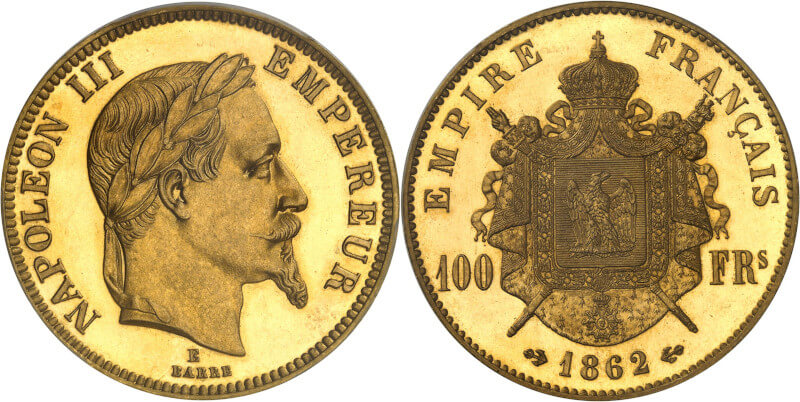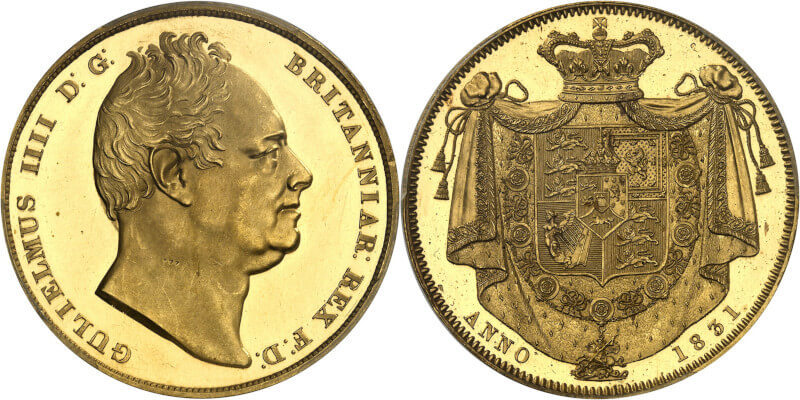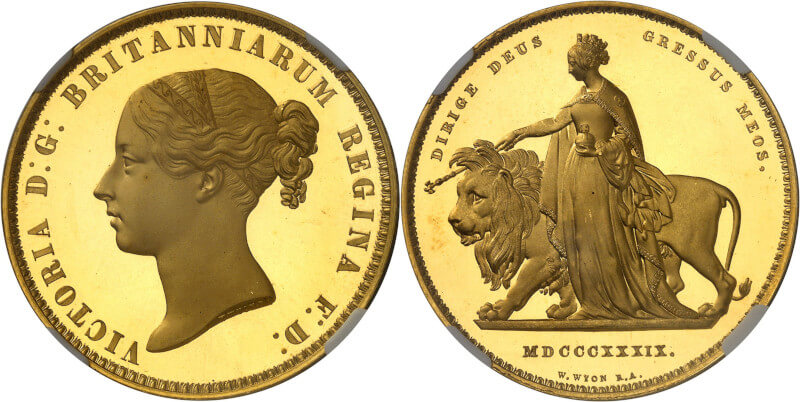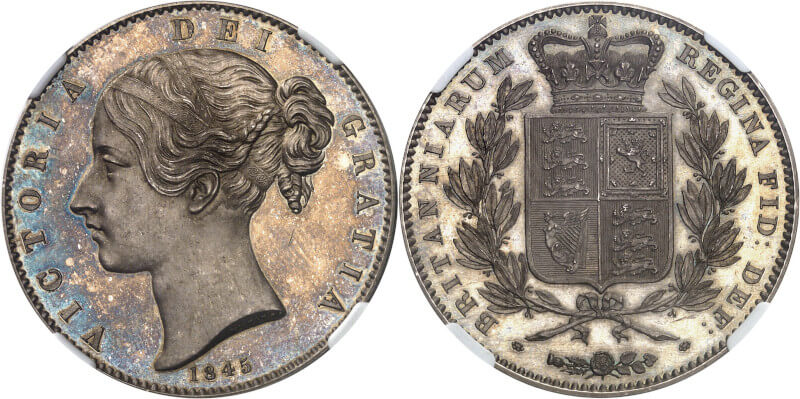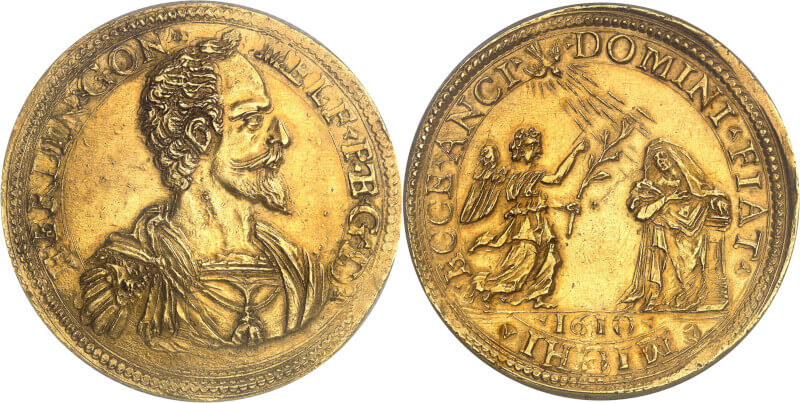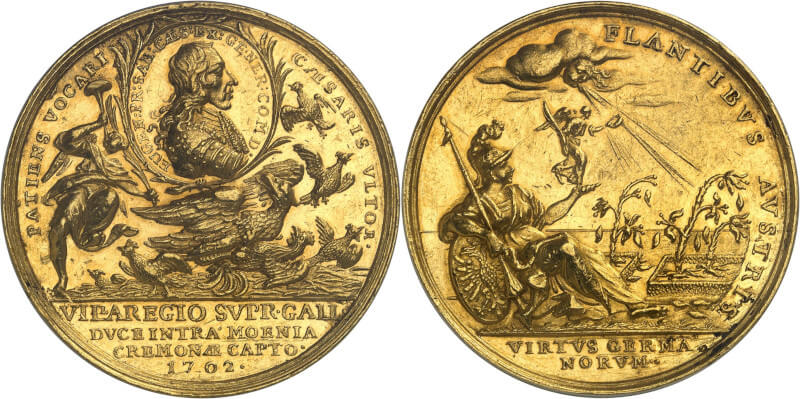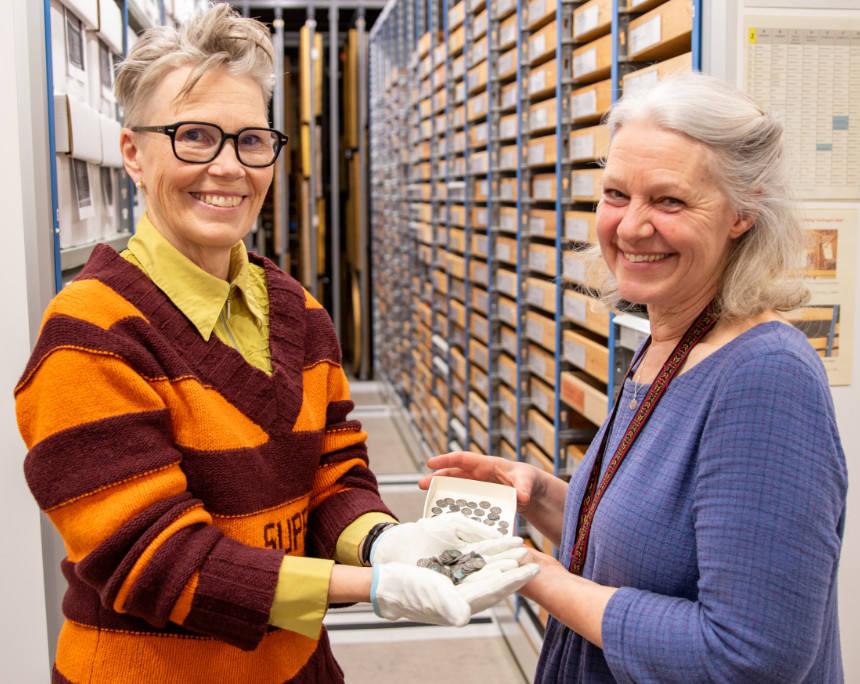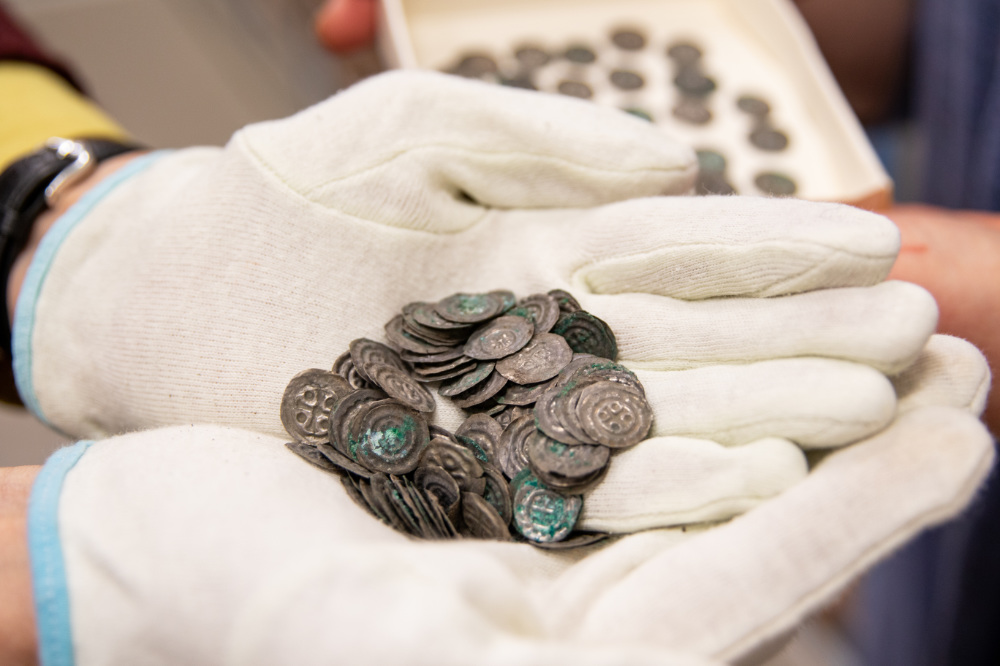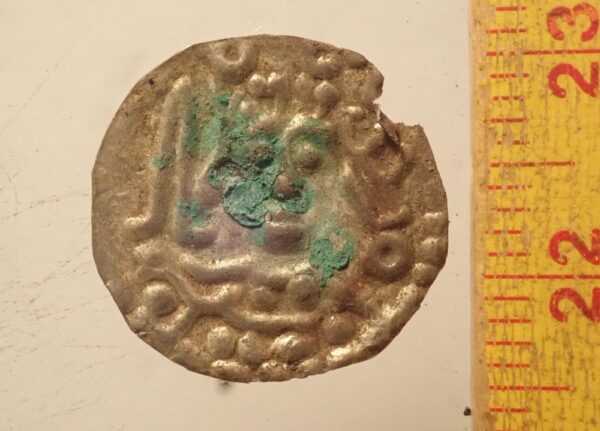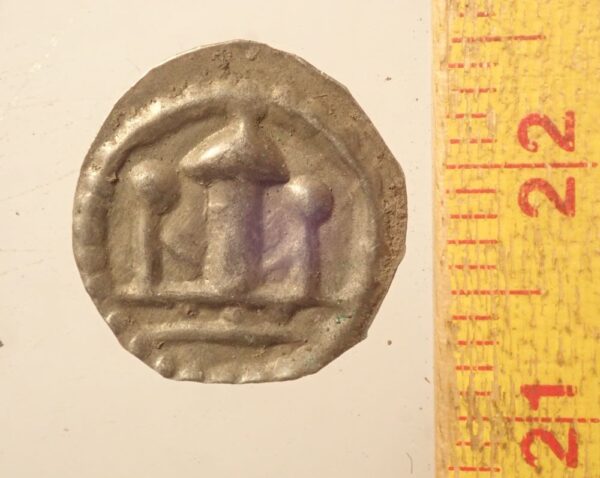The Brahekyrkan Coin Hoard – A Sensational Find on Visingsö
Sweden: In March, archaeologists of the Jönköping County Museum on the island of Visingsö made a unique discovery. They found 170 silver coins from the mid-12th century in a grave, posing a number of questions. “It is a completely sensational find that will change the early medieval coin history in Götaland and shed light on a period that is largely completely unknown,” commented Eeva Jonsson of the Royal Coin Cabinet in Stockholm.
Content
A New Heating System for the Church
It all started with the plan to install a geothermal heating system at the church of Brahekyrkan. The excavations that were necessary to set up the new system were supervised by archaeologists of the Jönköping County Museum. “On the very first day, my colleague Kristina Jansson and I found two skeletons in the shaft where the wires were to be laid. We cleaned out the bones from the buried to get an idea of what the graves looked like. All of a sudden three silver coins appeared! We soon realized that many more were lying close to the buried person’s left foot,” said Anna Ödéen, project manager and archaeologist.
A Particular Grave Find
A total of 170 silver bracteates were found in the grave. The skeleton appears to be that of a man between 20 and 25 years old. The coins are probably from the period between 1150 and 1180. The hoard is something truly special. For one, because only very few similar finds from this period have been discovered in Sweden, and secondly, because some of the coins were previously unknown.
It is very rare for such hoards to be found in Christian graves in Scandinavia, as this custom was only common in the Viking period and before. We do not know yet why all these coins were placed in the grave of this man in his 20s. The archaeologists of the museum hope to gain further insight when examining the hoard.
“We are excited about piecing together the historical puzzle that these bracteates from Brahekyrkan represent,” said Anna Ödéen.
A Lot of Work
The hoard was discovered in mid-March 2024 and caused quite a sensation in the region and beyond. After the coins had been exhibited around Easter in the museum for some days, the team started to analyse the hoard, as the archaeologists’ work is far from over. Archaeologist Anna Ödeén informed the interested public about what happens next in a blog post.
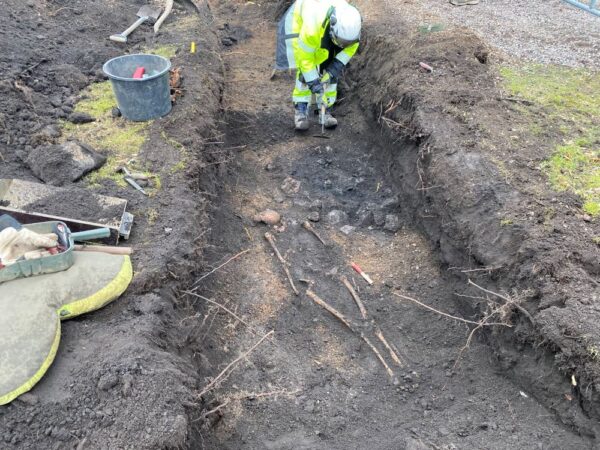
Archaeologist Kristina Jansson cleans out a prehistoric hearth that is right next to a grave. Photo: Anna Ödeén / Jönköping County Museum
Further Graves
For one, the site was examined further. Another 24 graves and more than 20 hearths were found, most of which located outside the church wall. The archaeologist commented that the hearths were no surprise. They had already known from past excavations that there was a lot of activity at the site in pre-Christian times. The graves, however, were puzzling. While they first assumed that these were scattered graves of non-Christians or criminals that had been purposely buried outside the graveyard walls on non-consecrated soil, the picture that now emerges is of an organized burial site, which makes this theory seem unlikely. The team will continue the investigation. However, they did not find coins in any of the other graves. This means that just this one deceased had coins with him.
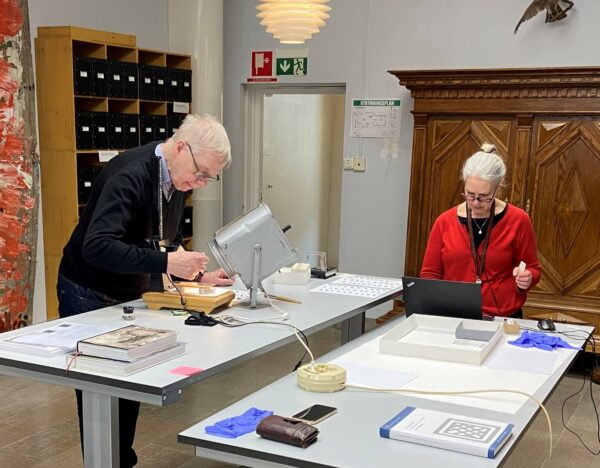
Numismatist Kenneth Jonsson helps with the analysis of the find. Photography and registration are taking place here. Photo: Anna Ödeén / Jönköping County Museum.
The Coins
Identifying, recording, weighing and photographing the coins will take some time – not to mention analysing the hoard. To fulfil these tasks, the Jönköping County Museum can count on the help of a high-calibre expert: Kenneth Jonsson, Professor Emeritus of Numismatics at Stockholm University. The secrets of the hoard are now being revealed one by one. Most of the coins are one-sided bracteates, but some two-sided coins from Gotland are also said to be among them. Here are more images of the find:
A conservator is also working on the coin hoard. He will clean the coins where this is possible without damaging them. Moreover, he will try to separate some of the compressed bracteates. Further results are expected to be announced in the upcoming months.






